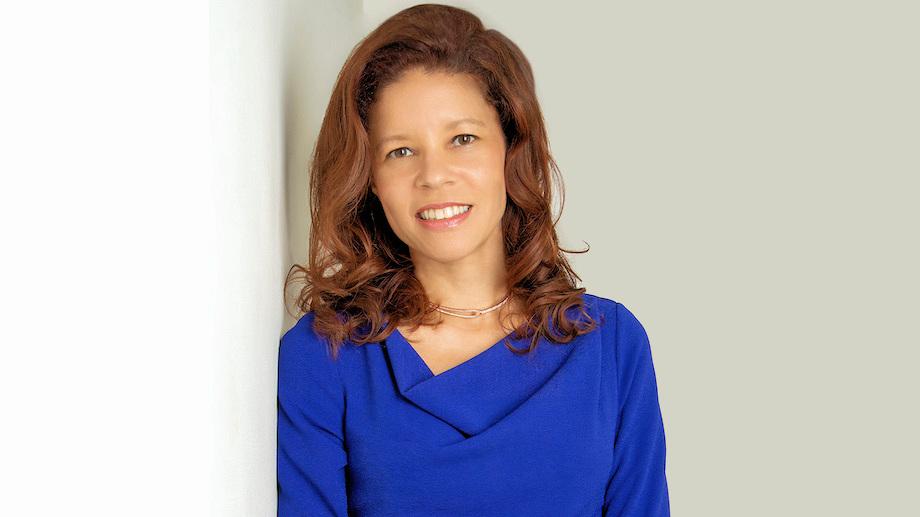Many boardrooms have worryingly low levels of psychological safety and are avoiding important conversations that involve vulnerability or challenge.
Covid-19 has made this behaviour even more of a liability. Unsurprisingly, the worst offenders are more likely to have poor chairing. However, both characteristics are strongly correlated with the extent to which boards and executive committees invest in team alignment.
This is the key finding from the second part of a report from the Chartered Governance Institute UK & Ireland and the Centre for Synchronous Leadership (CSL).
Part two of a three-part series looks at how exclusion occurs in a boardroom setting. The report considers how decisions in the boardroom are made and the types of conversations that are or are not occurring as part of group dynamics. It follows part one, which covers the boardroom agenda; part three will cover board composition.
This report highlights that:
- Prior to Covid-19, many boards and executive committees failed to engage in uncomfortable conversations. 75% reported that admitting mistakes was not a regular occurrence; 43% indicated that this rarely happened; 71% reported that surfacing or challenging core assumptions was not a regular occurrence; 31% indicated that this rarely happened.
- Boards and executive committees that had failed to invest in team alignment (the ‘Bubble Bound’) were much more likely to exhibit these suppressive dynamics, which were reinforced by poor chairing and dominating behaviour. Few were confident that their boardroom dynamics were ideal for effective governance.
- Boards and executive committees that invested heavily in team alignment (‘Mindful movers’) had a much more synergistic approach to decision making, with an emphasis on learning and valuing difference. The majority were confident that their boardroom dynamics were ideal for effective governance.
- Since Covid, some of the Bubble bound have decided to ‘get comfortable being uncomfortable’. A quarter of this segment is now investing in team alignment and is also more likely to engage in uncomfortable conversations.
- The results of this study suggest that investing in team alignment is important for helping boards and executive committees to break out of their ‘bubble of comfort’ and create healthier dynamics for effective decision making.

Justine Lutterodt, Managing Director at Centre for Synchronous Leadership says: “We’ve known for years that lack of psychological safety in the boardroom is a problem, but this study highlights the scale of it at a time when it has become even more business critical. The stakes of failing to catch mistakes or consider multiple scenarios have just gone up several notches.
The collective ownership this engenders shifts the role of Chairs from policeman to facilitator
“In addressing psychological safety, it’s easy to fixate on how Chairs manage boardroom dynamics in the moment. However, the report suggests that we need to pay more attention to how healthy dynamics are being cultivated in-between meetings.
“It makes intuitive sense that boards and executive committees that take the time to clarify their shared values and objectives, understand the expertise they bring to the table and establish ground rules will have a different level of discussion than those that do not. The collective ownership this engenders shifts the role of Chairs from policeman to facilitator. Boards and executive teams are overstretched as it stands, so this evidence may help in justifying the investment of time.”
Boardrooms are not meant to be comfortable places where everyone agrees with everyone else all the time
Peter Swabey, Policy and Research Director at the Institute concludes: “Boardrooms are not meant to be comfortable places where everyone agrees with everyone else 100% of the time. Board members are meant to challenge the information that they are presented with as challenge and debate is part of the effective oversight of management and the decision-making process.
“There has long been a drive to improve diversity in the boardroom as diversity of thinking is recognised as a fundamental part of boardroom effectiveness. Boardroom dynamics play a crucial role too, so it is troubling to think that so few boards are truly challenging the status quo. The report provides data-driven insight on how to tackle this problem and create the conditions for better decision making.”













